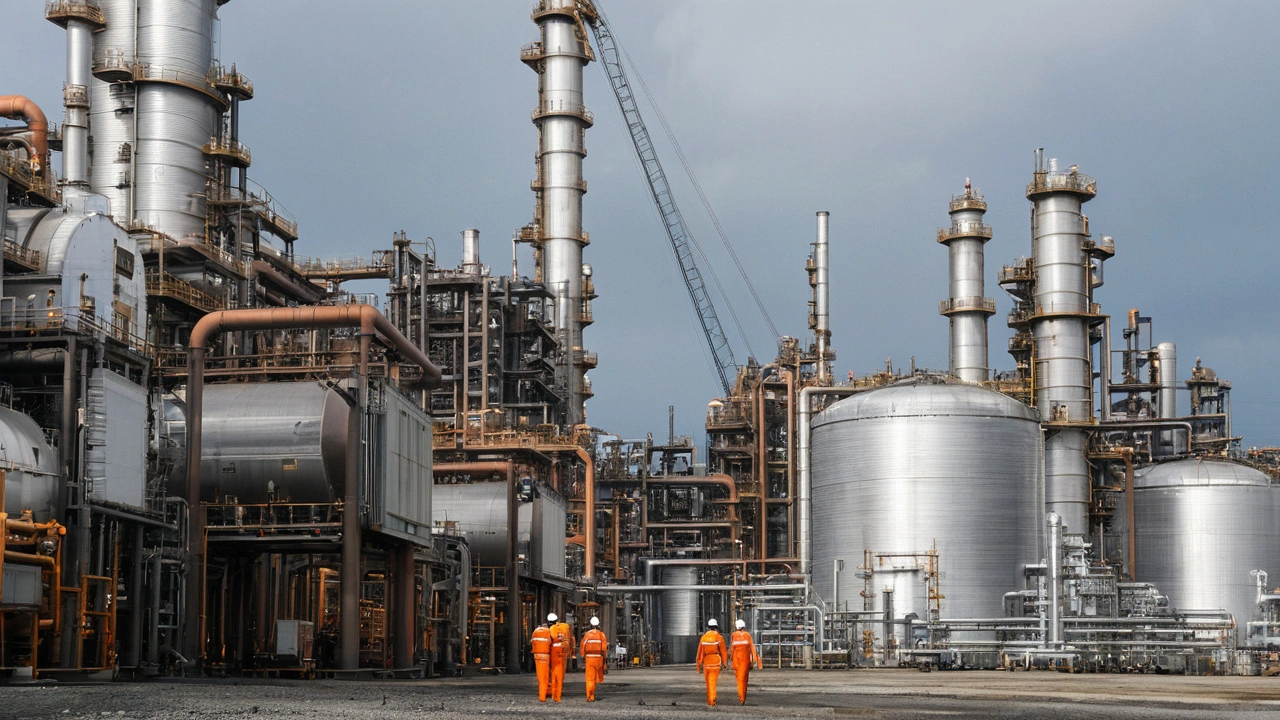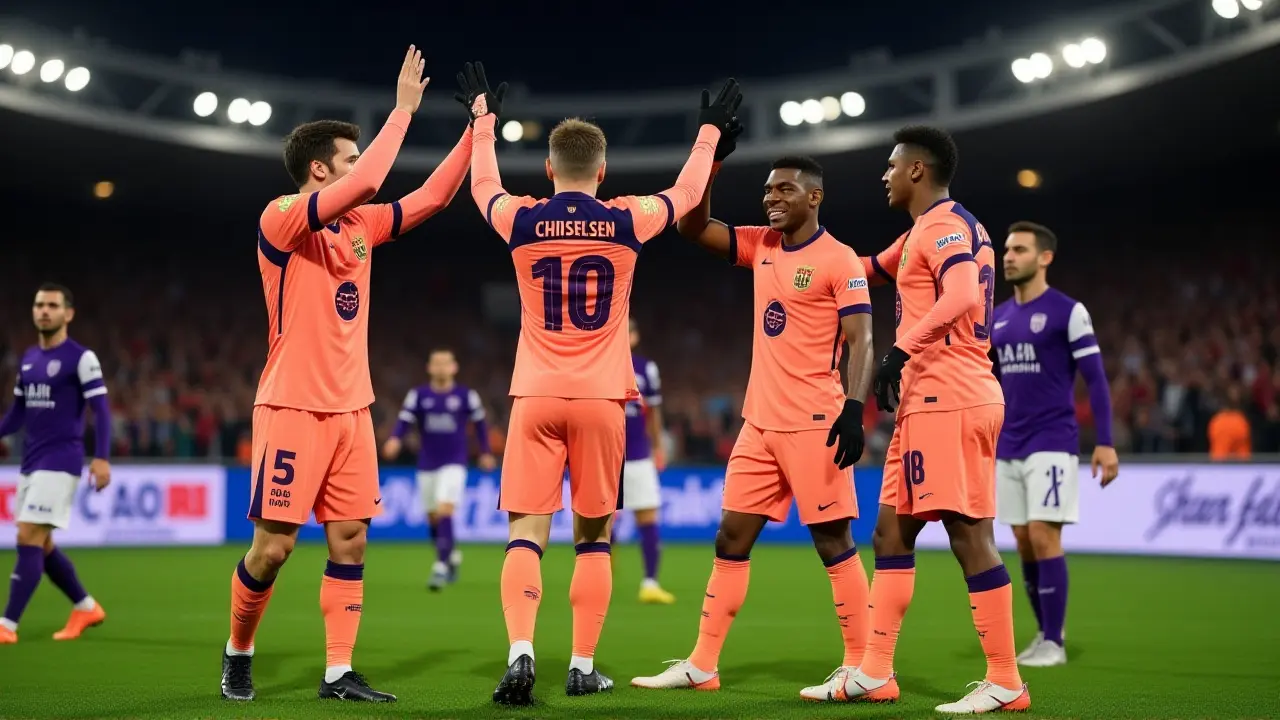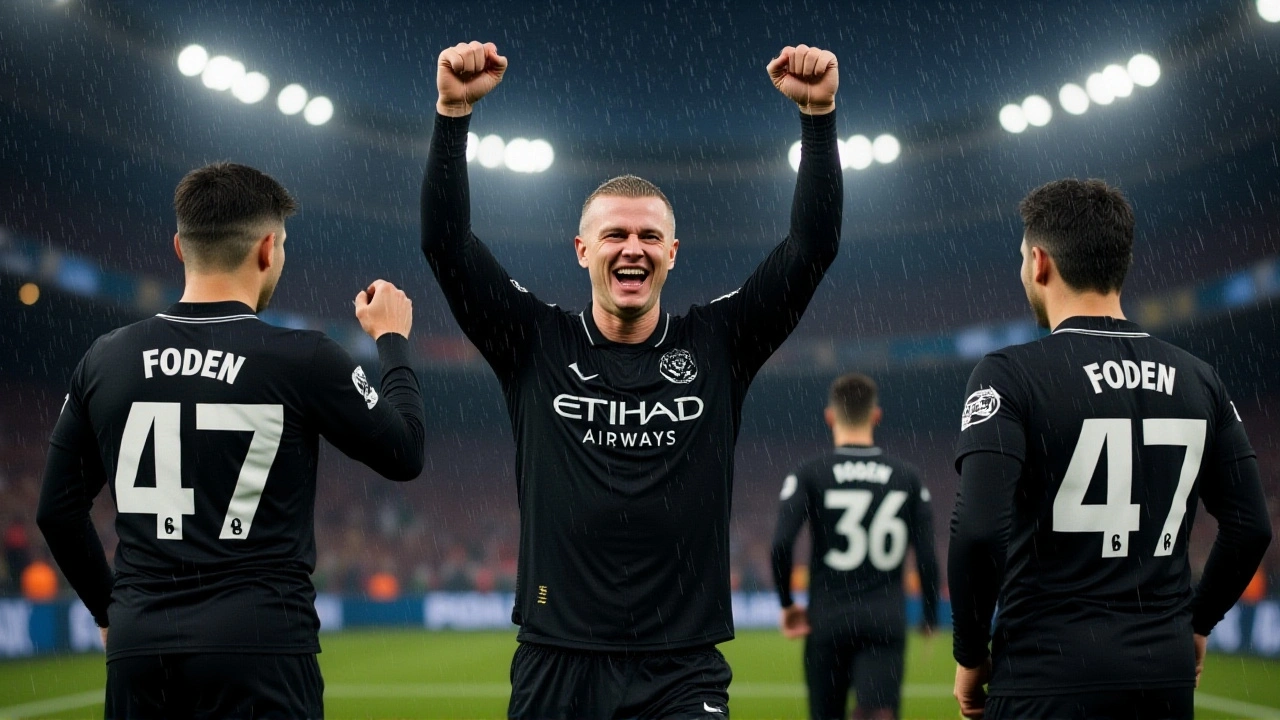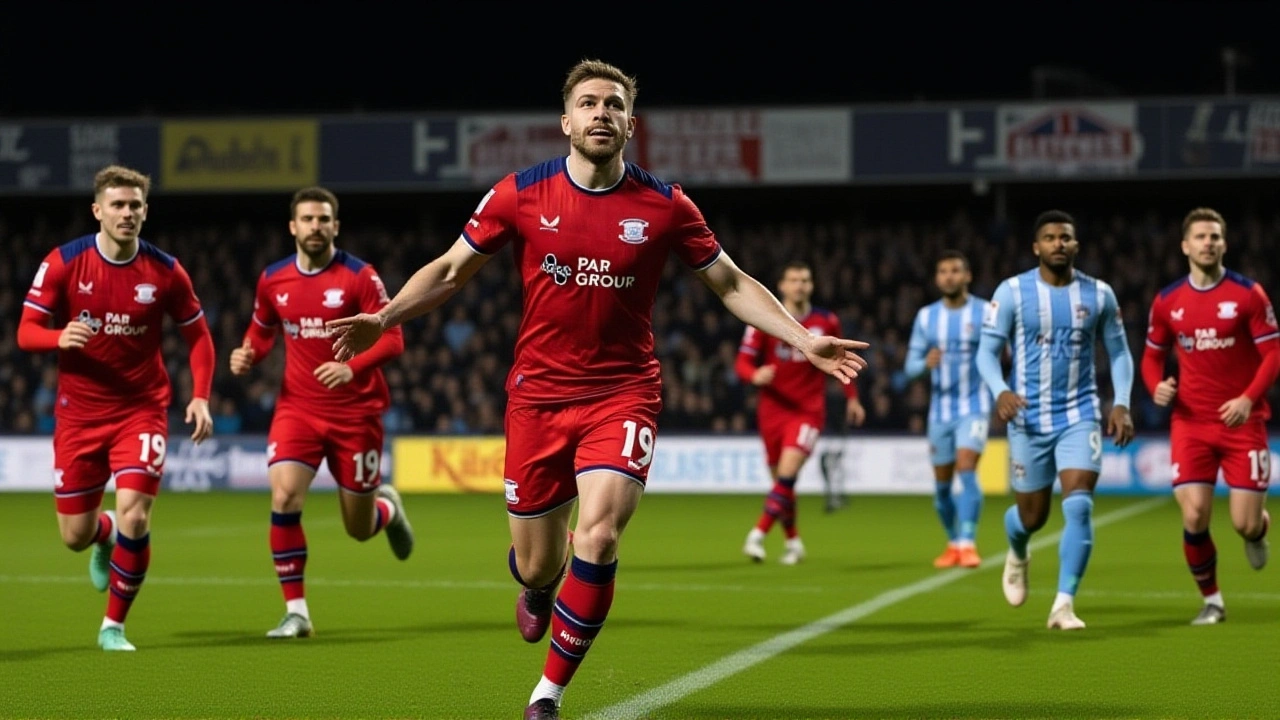IMF loan: What it means for African countries
Seeing headlines about an IMF loan and wondering what changes for you? IMF loans are short- to medium-term financial packages given to countries facing balance-of-payments problems or deep budget gaps. They come with conditions meant to restore stability and growth. This page explains how IMF loans work, what governments must do, and how ordinary people often feel the effects.
How IMF loans work
The International Monetary Fund lends money to help countries stabilize currencies, rebuild reserves, and fix fiscal gaps. Loans are usually paid in tranches after the borrowing country meets policy targets called conditionality. Common conditions include cutting public deficits, reforming tax systems, liberalizing some prices, and improving financial oversight. The IMF also offers technical advice and monitors progress through regular reviews.
Approval follows several steps: the country requests help, IMF staff negotiate a program, the IMF Executive Board approves terms, and funds are disbursed as milestones are met. Disbursements are not automatic; if targets fall short the IMF can delay payments or require program changes. That discipline aims to keep the country on a sustainable path and reassure creditors and investors.
What this means at home
For citizens, an IMF program can mean tough but often necessary changes. Governments usually tighten spending, cut subsidies, or raise taxes to reduce deficits. Those moves can push up fuel prices, electricity tariffs, or inflation in the short term. Central banks may raise interest rates to defend the currency, which affects loans and mortgages. On the upside, stabilizing the economy can lower inflation later, attract investment, and protect core services like healthcare and education if safeguards are used.
Not every IMF loan looks the same. Some programs include explicit protections for the poorest, like cash transfers or preserved funding for schools and clinics. Other deals are stricter and focus on fast fiscal consolidation. How a program is designed depends on the country's needs, political choices, and negotiation skill.
Want to follow an IMF loan story? Watch a few key indicators: external reserves, inflation, budget deficit, public debt-to-GDP ratio, and currency moves. Read the IMF staff report and the government's press releases — both explain targets, timelines, and planned reforms. Independent analysts and local unions can provide on-the-ground perspective about social costs and implementation risks.
Examples from recent African programs show common patterns: currency pressure, tighter credit, and renegotiated public contracts. If you run a small business, prepare for higher borrowing costs and slower sales. Households should check whether social grants will expand or be cut and plan monthly budgets. Community groups can pressure governments for transparent spending and targeted safety nets during reforms. Stay informed — ask questions.



